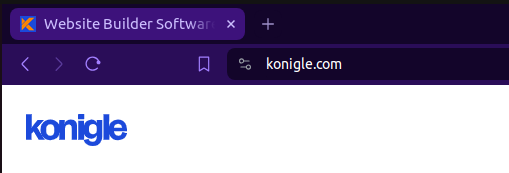Favicon
A favicon is a small icon that appears next to website urls.
A favicon is the little icon next to a website name in a browser tab or search engine result. A short hand for favorites icon, favicons lead to improved browsing experience for website visitors.
- Published
- March 1, 2024
- Updated
- November 8, 2024

